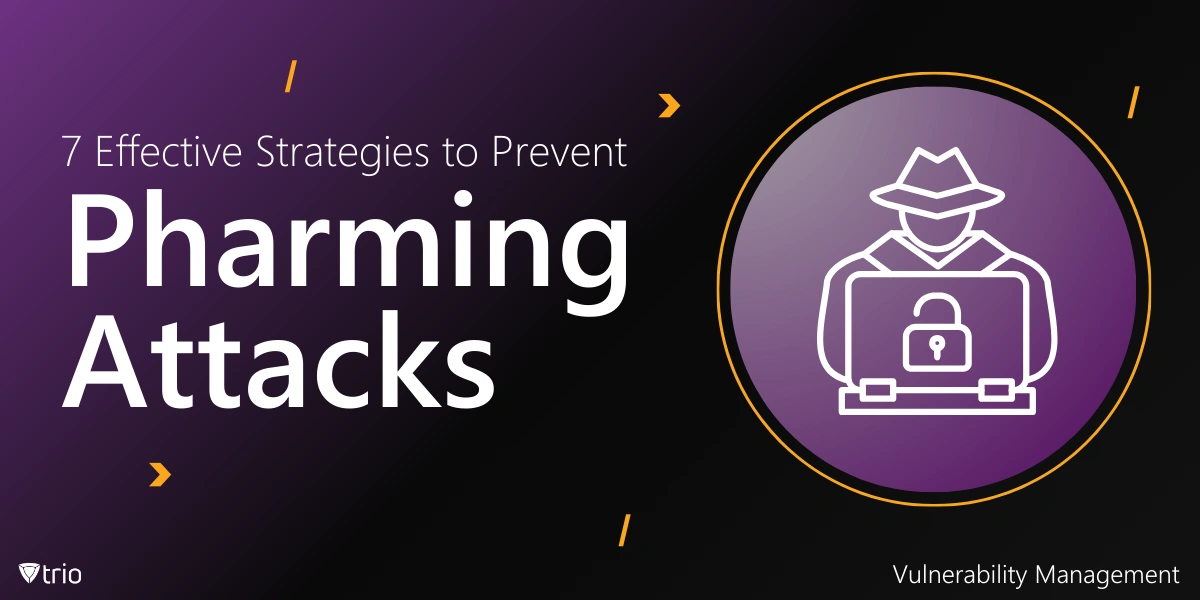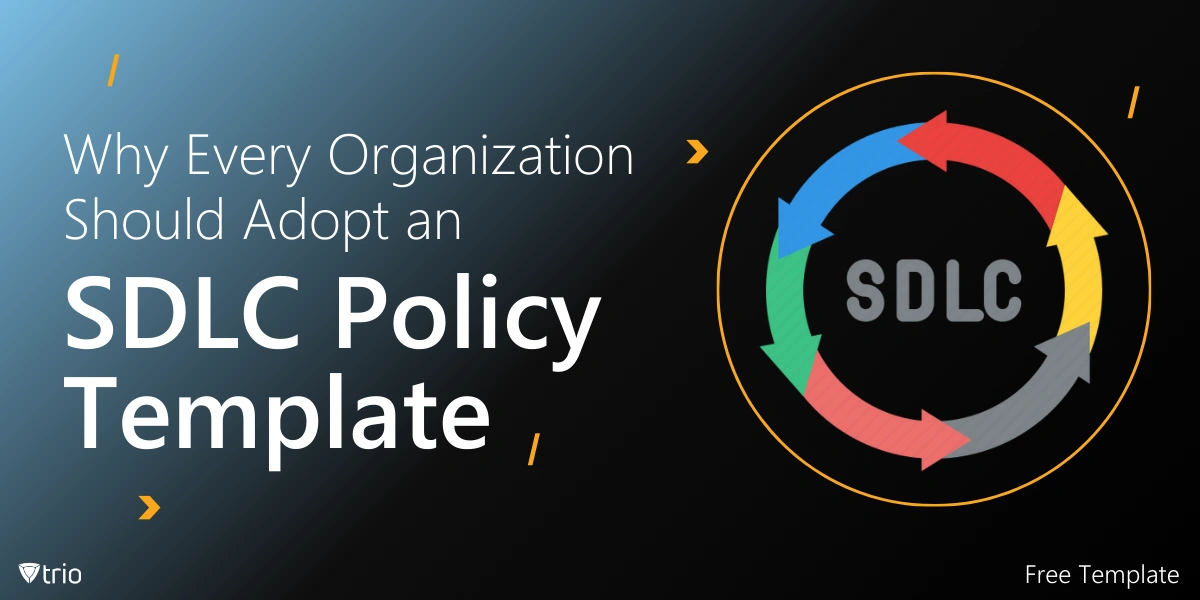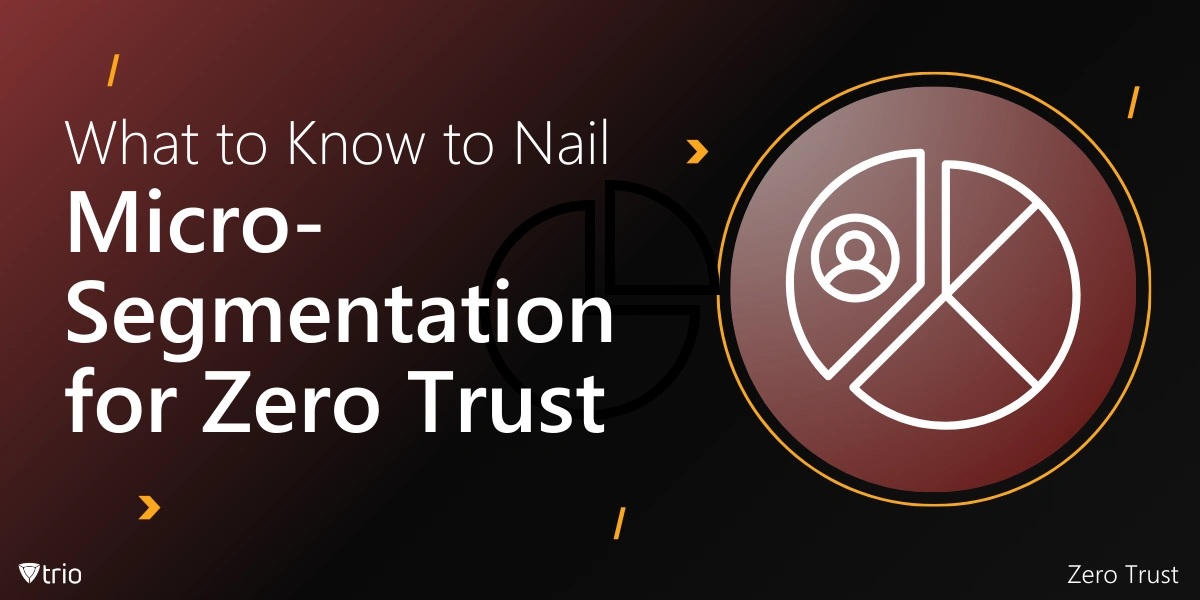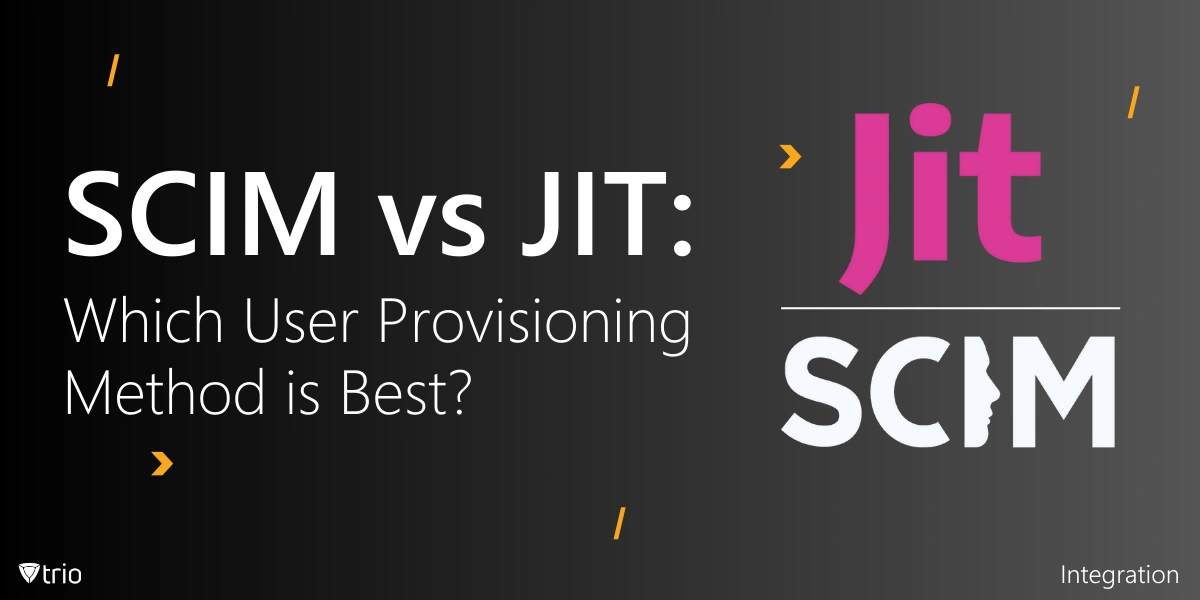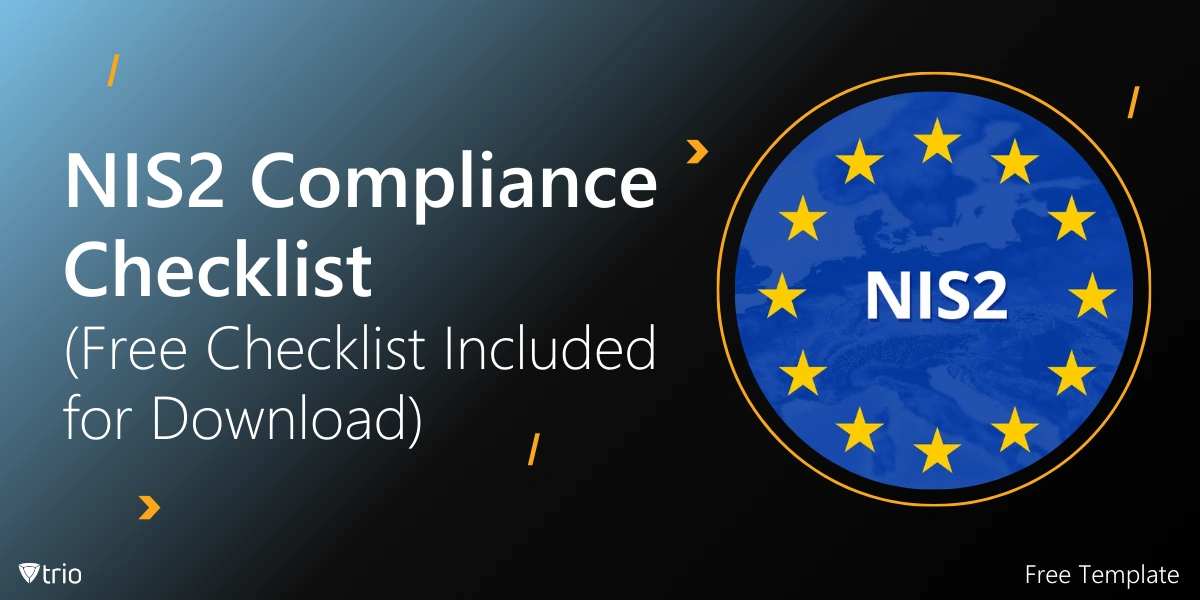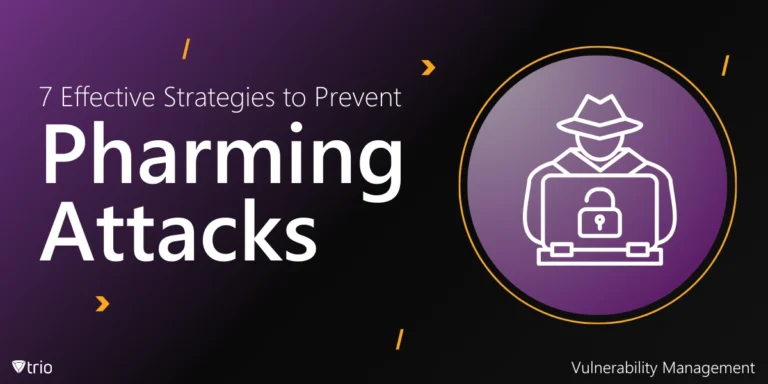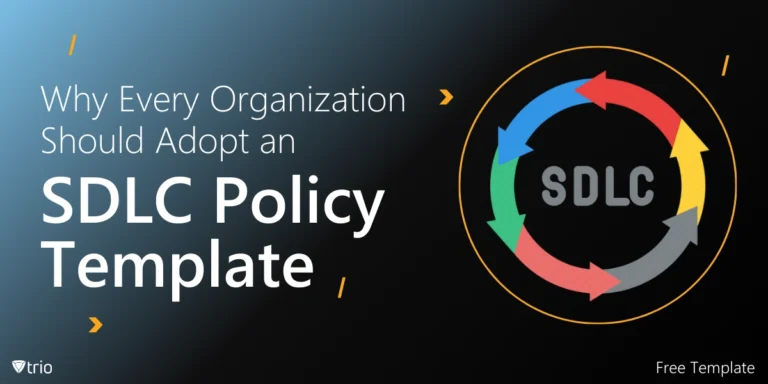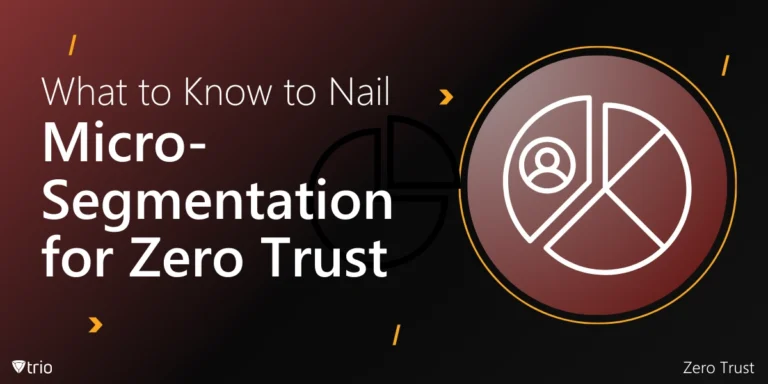Pharming attacks represent a sophisticated form of cybercrime designed to redirect users from legitimate websites to fraudulent ones, often with the goal of stealing sensitive data such as login credentials or financial information. Unlike phishing attacks, which rely on deceptive emails or links, pharming manipulates the underlying systems of the internet, such as domain name servers (DNS), to execute its malicious schemes. This makes it a stealthier threat, capable of affecting both individuals and businesses.
Given the increasing complexity of these attacks, staying informed and proactive is essential. Understanding how pharming works and implementing effective strategies to prevent it can protect your personal data, financial assets, and organizational integrity. In this blog post, we’ll explore seven proven strategies to help you defend against pharming attacks and secure your online activities.
How Does Pharming Work?
Pharming attacks exploit vulnerabilities in the way users and systems interact with the internet. At their core, these attacks manipulate the Domain Name System (DNS), which translates user-friendly domain names like www.example.com into numerical IP addresses that computers understand. By corrupting this process, attackers redirect users to fraudulent websites that mimic legitimate ones. Once there, users may unknowingly enter sensitive information such as login credentials, credit card numbers, or other personal data, which the attackers then harvest.
An example of a pharming attack is DNS cache poisoning, where they corrupt the DNS records stored by a server. These corrupted records redirect users attempting to visit a legitimate site to a malicious one instead. For example, if a user types www.bank.com into their browser, the poisoned DNS record could send them to a fake site designed to look exactly like their bank’s website. This redirection happens invisibly, leaving most users unaware of the attack.
Another technique involves modifying host files on a user’s device. Host files are used by operating systems to map domain names to IP addresses locally, bypassing the DNS lookup process. Attackers may infect a user’s computer with malware that alters these files, causing the browser to redirect legitimate URLs to malicious IP addresses. This method is particularly dangerous because it can bypass external security measures like secure DNS servers.
Finally, pharming attacks are often paired with social engineering tactics to make them more effective. For example, attackers might send phishing emails with links that appear legitimate but lead to their fake websites. These links may use visually similar domain names, such as replacing “o” with “0” or adding inconspicuous characters, to fool users. By combining technical manipulation with psychological deception, attackers increase their chances of success, making pharming a formidable cyber threat.
Pharming should not be mistaken for phishing attacks. Phishing and pharming attacks are both forms of cybercrime designed to steal sensitive information, but they operate differently. The difference between phishing and pharming attacks is that phishing relies on social engineering tactics, where attackers trick victims into voluntarily providing personal data, such as through fake emails, text messages, or websites that mimic legitimate entities. Victims must actively click on a malicious link or provide information for the attack to succeed. Pharming, on the other hand, manipulates the Domain Name System (DNS) or local host files to redirect users to fraudulent websites without their knowledge or action. Unlike phishing, pharming doesn’t require victims to click on a link; instead, it targets the underlying infrastructure to automatically misdirect traffic, making it a more stealthy and system-level attack.
1. Secure Your DNS System
A robust DNS security system is your first line of defense against pharming attacks and maximizing your vulnerability management efficiency. Attackers often manipulate DNS settings to redirect users to malicious websites, so protecting this system is essential. Organizations should implement DNSSEC (DNS Security Extensions), which adds a layer of authentication to DNS queries, ensuring their integrity and preventing unauthorized changes.
Regular monitoring of DNS configurations is also critical. Cybersecurity teams should periodically review and validate DNS records to detect and address anomalies quickly. By keeping these systems under scrutiny, organizations can minimize the chances of unauthorized tampering.
End users can also contribute to DNS security by choosing reliable DNS providers. Services like Google Public DNS or OpenDNS often have additional safeguards against pharming, providing users with a more secure browsing experience. Combining these efforts creates a strong foundation for DNS-related security.
Lastly, businesses can consider implementing encrypted DNS protocols like DNS-over-HTTPS (DoH) or DNS-over-TLS (DoT). These technologies encrypt DNS queries, preventing attackers from intercepting or redirecting them during transmission.
2. Implement Multi-Factor Authentication (MFA)
Multi-factor authentication (MFA) is a vital tool for reducing the impact of pharming attacks. Even if attackers successfully steal login credentials, MFA ensures that additional verification steps are required to gain access, significantly reducing the effectiveness of stolen data.
For businesses, adopting types of MFA across all user accounts adds a crucial layer of protection. This can include biometric verification, one-time passwords (OTPs), or hardware tokens. When implemented effectively, MFA makes it exceedingly difficult for attackers to compromise accounts, even in the event of a successful pharming attempt.
MFA is equally important for individual users. Online services offering two-factor authentication should always be utilized. This simple step can block unauthorized access to your accounts and protect sensitive information. However, it’s important to educate users about potential MFA bypass techniques, such as phishing for OTPs. Regular awareness training ensures users remain vigilant and understand the limitations of MFA.

3. Keep Software and Firmware Updated
Outdated software and firmware can create vulnerabilities that attackers exploit during pharming attacks. Keeping all devices, operating systems, and applications up-to-date is an essential step in preventing such exploits.
Organizations should establish automated patch management processes to ensure that critical updates are applied without delay. Cybercriminals often target known vulnerabilities, so staying ahead with patches significantly reduces the attack surface.
For individual users, enabling automatic updates for operating systems, browsers, and antivirus software is a simple yet effective measure. By doing so, users can ensure their devices remain protected against the latest threats.
Additionally, regular audits of software inventories can help identify outdated or unsupported programs. Removing or updating such software minimizes potential entry points for attackers seeking to launch pharming attacks.
4. Use a Reputable Anti-Malware Solution
Anti-malware software plays a crucial role in detecting and preventing pharming attacks. Advanced solutions often include features like real-time protection, URL filtering, and malware detection, all of which help block malicious redirects.
For businesses, deploying endpoint protection tools ensures that all devices connected to the network are safeguarded. These solutions can identify and mitigate suspicious activity related to DNS tampering or unauthorized redirections.
Individual users should also invest in reputable anti-malware software. Free solutions may offer basic protection, but premium versions often include advanced features specifically designed to combat threats like pharming. It’s equally important to keep anti-malware programs updated. Attackers continually evolve their methods, and outdated software may fail to detect new threats effectively.
5. Educate Users About Cybersecurity Risks
User awareness is one of the most critical factors in preventing pharming attacks. Educating employees and individuals about the nature of these attacks, their warning signs, and how to respond can significantly reduce the likelihood of falling victim.
Organizations should implement regular cybersecurity training programs, focusing on topics like recognizing suspicious URLs, avoiding unverified downloads, and verifying website authenticity. These sessions can empower users to spot and avoid potential threats.
End users can educate themselves through online resources, staying informed about evolving cyber threats. Awareness is especially crucial in avoiding pharming attempts that exploit human error or complacency. By fostering a culture of cybersecurity awareness, organizations and individuals can create a collective defense against pharming attacks and other malicious activities.
6. Adopt HTTPS Everywhere
Using HTTPS encryption on websites provides a secure communication channel between the user and the site, preventing attackers from intercepting or tampering with transmitted data. HTTPS is particularly effective in protecting against pharming attempts that rely on fake websites.
Website administrators should prioritize obtaining and maintaining SSL/TLS certificates for all their domains. This ensures that visitors can verify the authenticity of the site and trust its security measures.
End users should also pay attention to HTTPS indicators, such as the padlock icon in the browser’s address bar. Avoid entering sensitive information on sites that lack HTTPS encryption, as they may be fraudulent. Additionally, browser extensions like HTTPS Everywhere can enforce secure connections, automatically redirecting users to HTTPS versions of websites when available.
7. Use a Mobile Device Management (MDM) Solution
One of the most effective ways to prevent pharming attacks is by implementing a Mobile Device Management (MDM) solution. Pharming attacks often target mobile devices, which are increasingly used to access sensitive business data and applications. An MDM solution allows you to enforce strict security policies across all devices, ensuring that they are configured correctly and protected against potential threats. By centralizing device management, you can quickly identify and address vulnerabilities, reducing the risk of falling victim to pharming attacks.
3 Ways on How MDM Solutions Prevent Pharming Attacks
Here are a few ways that MDM solutions can prevent pharming attacks:
- Enforcing Secure DNS Configurations: Pharming attacks often rely on tampering with a device’s DNS settings to redirect traffic to malicious servers. MDM solutions can lock down DNS settings, ensuring that devices only use trusted DNS servers.
- Blocking Access to Malicious Websites: When a user attempts to visit a website, the MDM solution can cross-check the URL against a list of known phishing or pharming sites. If a match is found, the MDM solution can block access and alert the user or administrator. Additionally, MDM solutions can enforce web filtering policies.
- Ensuring Device and Application Updates: MDM solutions can enforce automatic updates for both the device’s operating system and installed applications.
Conclusion
Pharming attacks are a sophisticated and evolving threat, but they can be effectively mitigated with proactive measures. By securing DNS systems, adopting multi-factor authentication, and educating users about cybersecurity risks, organizations and individuals can protect themselves from falling victim to these attacks.
The key to preventing pharming lies in a combination of technology and awareness. Regular updates, reputable anti-malware solutions, and HTTPS adoption create a strong defense, while network monitoring adds an essential layer of visibility. Together, these strategies form a robust shield against pharming threats.
Looking for a comprehensive solution to enhance your cybersecurity strategy? Discover Trio’s advanced network and device management tools that protect your organization against evolving threats like pharming. Take the first step towards secure and seamless operations with Trio’s free trial today.
